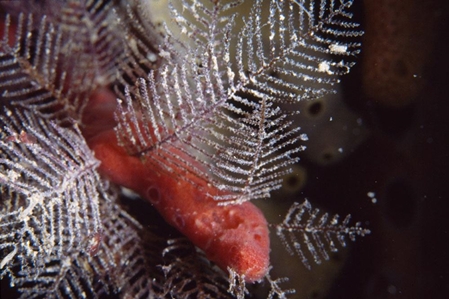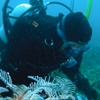General Description
Colony of individual polyps (hydranths) joined by root-like network of tubular stolons at the base. Colony shape is feather-like (pinnate). Colour: dark brown, older stems often overgrown by pink coralline algae. Up to 8 cm long.
Biology
Stems of these hydroids often wash up on beaches. The hydroids grow and are fertile throughout the year. They are the only species in this genus group and are native to southern Australian and New Zealand waters. The species was probably originally collected from Western Australia by the French Baudin expedition in 1802. The type specimens are in the Natural History Museum, Paris, labelled as "Mers Australes ou de la Nouvelle Hollande".
Habitat
On holdfasts of seaweed, especially stems of seagrasses.
Reefs
Seagrass meadows
Distribution guide
Southern Australia.
Species Group
Depth
Water Column
Max Size
8 cm
Diet
Plankton or Particles
Harmful
Generally not harmful but still able to sting bare skin.
Commercial Species
No
Species Code
MoV 3476
Identify
Conservation Status
- DSE Advisory List : Not listed
- EPBC Act 1999 : Not listed
- IUCN Red List : Not listed






